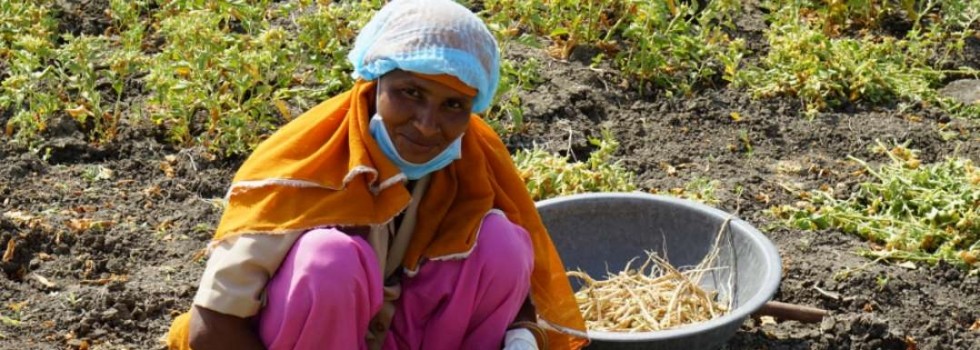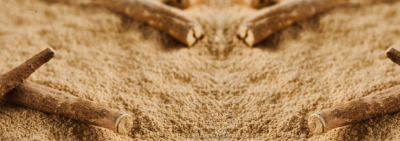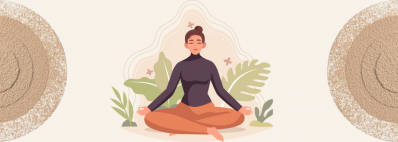Promotional Features
Getting to the root: Why ashwagandha's true power lies underground
Ashwagandha, a revered herb with a myriad of benefits, has roots that stretch deep into ancient medicinal traditions.
Over centuries, the roots of this plant have been recognized as a veritable powerhouse of health benefits. In the modern age, KSM-66 Ashwagandha emerges as the paramount example of this legacy, offering a pure, potent root-only extract. Let's explore why the roots deserve the limelight and how the leaves find their purpose in the circle of sustainability.
A glimpse into history: Traditional use of ashwagandha roots
Dipping into the annals of history, we find that ashwagandha, or Withania somnifera, has been an integral part of Ayurveda for over 3,000 years. It's the roots that were historically celebrated for their adaptogenic attributes, aiding the body in combating stress and bolstering overall health. Whether consumed as tonics, used in decoctions or as powders, only the roots have always been, and continue to be, prescribed by Ayurvedic Physicians and doctors.
Modern validation: The clinical research on roots
Modern scientific research and clinical studies strongly echo the age-old reverence for ashwagandha roots. Most clinical investigations focus on the roots, elucidating their myriad benefits from alleviating stress to augmenting cognitive abilities. The Clinical Registry of India has 247 clinical trials registered on ashwagandha (excluding commercial extracts): 246 of these use only root-based formulations.
Global regulatory approvals and pharmacopoeias: Roots take the lead
Across the globe, pharmacopoeias (United States Pharmacopoeia, British Pharmacopoeia, and Ayurveda Pharmacopoeia) and Monographs the World Health Organization (WHO) and Health Canada) recognize and detail only the ashwagandha root. Its inclusion signifies the root's universal acceptance as a vital medicinal component, while the leaf often goes unmentioned.
Moreover, global regulatory bodies like those of Poland and Hungary grant approval for herbal remedies and consistently acknowledge only the ashwagandha root. This approval is not just a stamp of recognition but a testament to the root's efficacy and safety.
Government of India advisory: The ultimate authority on Ayurveda
In response to the new use of aerial parts of ashwagandha for internal purposes India’s The Ministry of Ayush has issued an advisory against the use of ashwagandha leaves, specifically stating:
“No substantial evidence and literature is available to endorse the efficacy of crude drug/extract of Withania somnifera leaves. Considering this, it would not be appropriate to consider the Withania somnifera leaves as ASU (Ayurveda, Siddha, Unani) medicine at this stage. Extensive studies are required to establish the safety and efficacy of leaves of Withania somnifera for different indications. Till then, the usage of leaves may not be considered for therapeutic purpose in ASU systems.”
The industry echo the root’s superiority
Scientific and formulation experts around the world serve as a powerful testament to the root's unparalleled benefits. Their first-hand accounts and narration reiterate the prominence of only root-centric formulations.
The leaf’s role in sustainable composting
The ashwagandha plant, in its entirety, has a role to play. While the roots are medicinal marvels, the leaves can be utilized too. By converting decomposed ashwagandha leaves into compost, one can harness their potential as rich, organic soil enhancers. It’s a sustainable solution, ensuring that every part of the plant is valued and utilized.
Conclusion
Ashwagandha's journey, from the sacred pages of Ayurveda to the modern laboratories, underscores the root's unparalleled efficacy, safety and vitality. As KSM-66 Ashwagandha fortifies its place in the wellness industry and testimonials affirm its transformative effects, the message is unequivocal: the ashwagandha root is not just a relic of the past, but an emblem of holistic health for the present and the future.







